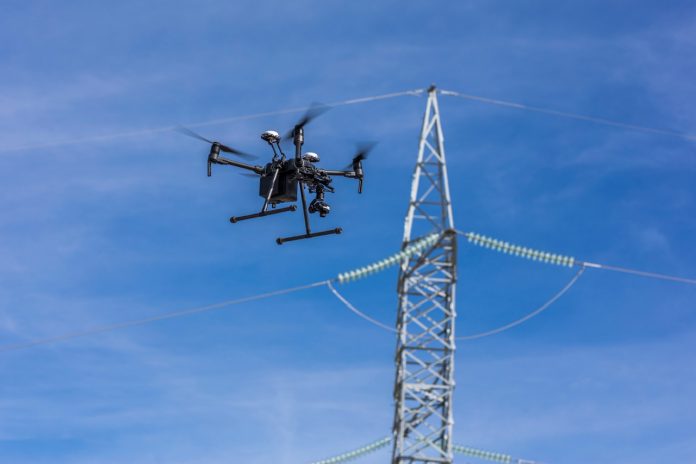
Commercial drones could soon be allowed to operate near buildings and out of site of the operator unlocking new opportunities for the technology
Industries involved in inspecting infrastructure such as railways, powerlines, and roads are set to benefit as well as farmers and site security
Proposals set out in a consultation published today by the regulator are a step forward for drone operations, which will help operators fly their drones safely beyond the line of sight of the Remote Pilot.
While some drones have been flying beyond visual line of sight (BVLOS) in the UK for several years, these flights are primarily trials under strict restrictions.
Instead, the proposed measures could enable beyond line of sight operations of drones by remaining at low heights and close to buildings or infrastructure. This means drones can fly where it is anticipated there would be fewer aircraft operating.
Kevin Woolsey, Head of Remotely Piloted Aircraft Systems at the UK Civil Aviation Authority, said:
“Our proposals are a positive step towards unlocking the next stage for drone flying in the UK.
“Allowing drones to fly beyond the sight of the Remote Pilot, without placing restrictions on other aircraft in the area, will be a major achievement for UK drone operations.
“Safety comes first in everything we do and so we have identified sensible mitigations on where drones can fly using this proposed concept to make sure we maintain levels of safety.”
Today’s announcement aims to move UK drone operations one step further towards the next stage of beyond visual line of sight flying.






